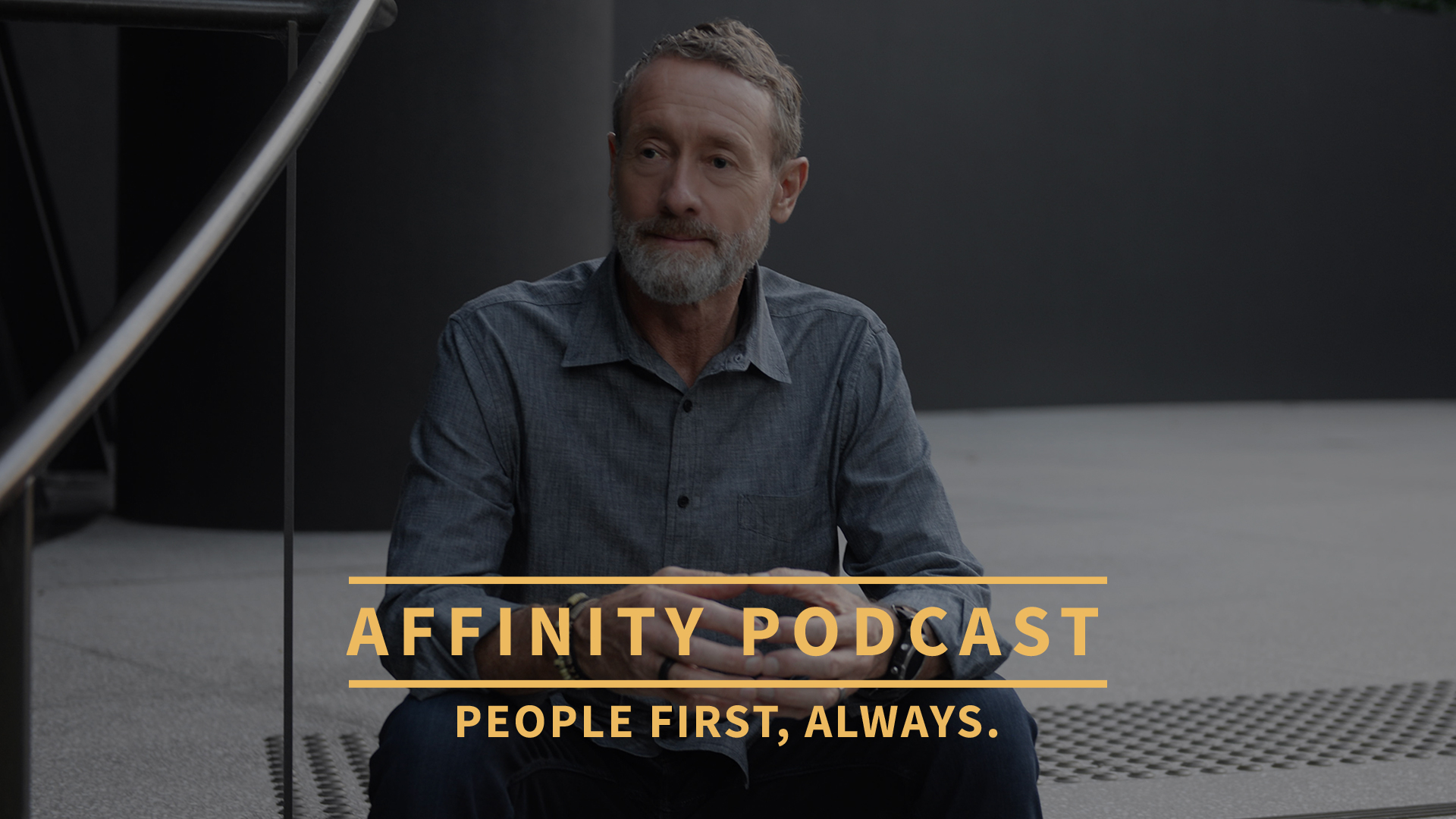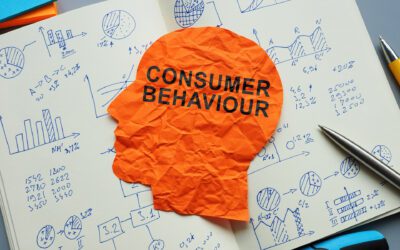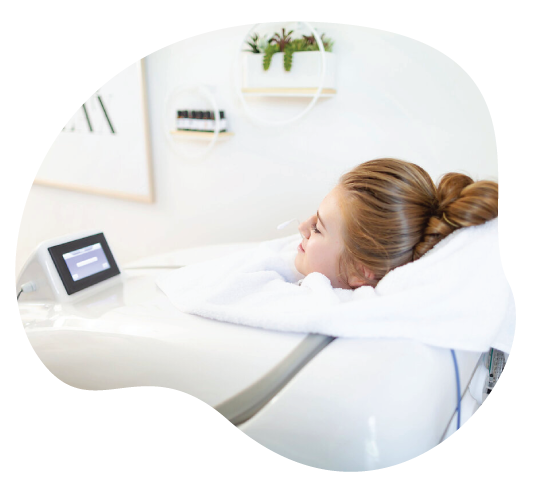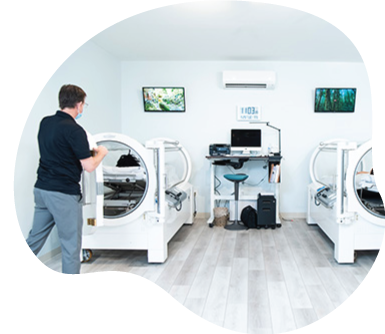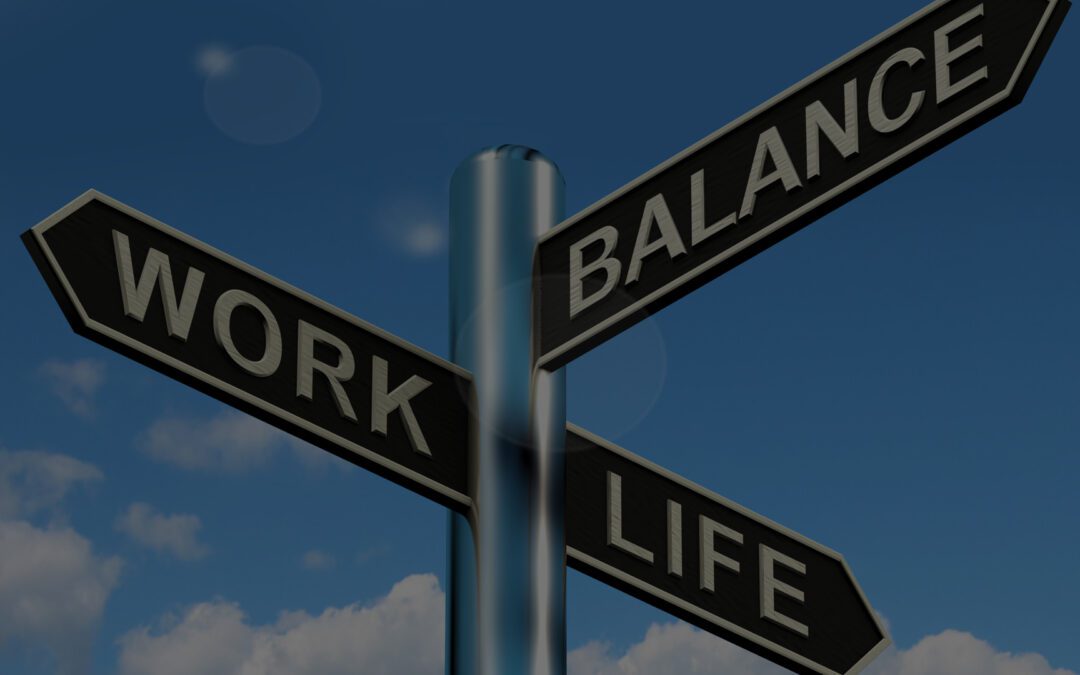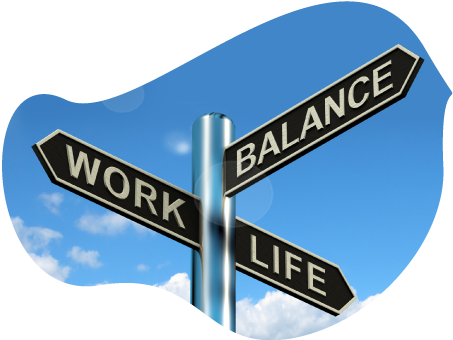The acceleration of consumer behavior change has been documented through various data points and trends, reflecting the rapid evolution of preferences, technology adoption, and market dynamics. Some key data points and trends illustrating this acceleration include:
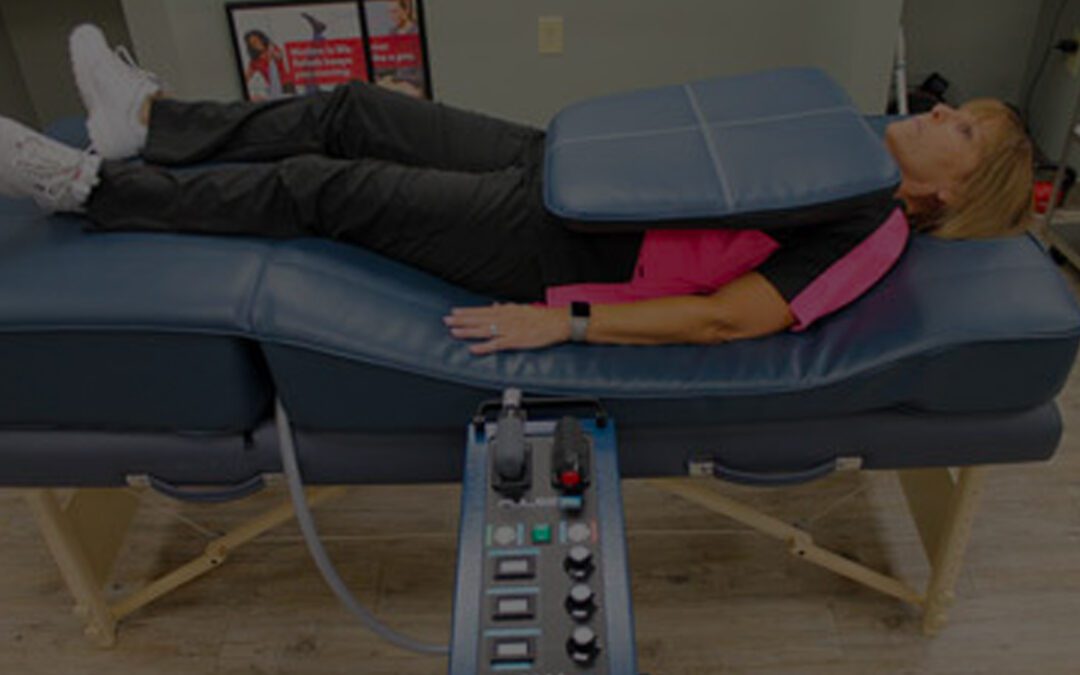
Unlocking the Healing Power of PEMF: Discover the Incredible Benefits of Pulsed Electromagnetic Therapy for Pain Relief, Recovery, and More!
Unlocking the Healing Power of PEMF: Discover the Incredible Benefits of Electromagnetic Therapy for Pain Relief, Recovery, and More!


Grant Ian Gamble is a best-selling mindful leadership author and speaker. He has over 30 years of experience in leading teams to create innovative customer experiences, building engaged workforces, and developing leaders who prioritize mindfulness in their approach.
What is PEMF?
PEMF, or pulsed electromagnetic field therapy, is a medical treatment that uses electromagnetic fields to improve cellular function in the body. This therapy has been gaining popularity in recent years as a complementary treatment for various health conditions. In this article, we will explore what PEMF is and the benefits it offers.
PEMF involves the use of low-frequency electromagnetic fields to stimulate the cells in the body. The electromagnetic fields used in PEMF therapy are similar to those produced by the Earth’s natural electromagnetic field.
During a PEMF session, the patient lies down on a mat or sits in a chair while a device delivers the electromagnetic field to the body. The therapy is non-invasive and does not cause any pain or discomfort.
Benefits of PEMF
- Pain Relief
PEMF has been shown to be effective in reducing pain in various conditions, including arthritis, fibromyalgia, and back pain. The therapy can stimulate the production of endorphins, which are natural painkillers produced by the body.
- Enhanced Recovery
PEMF has been shown to enhance recovery after exercise or injury. The therapy can increase blood flow and oxygenation to the affected area, allowing the body to recover more quickly.
- Improved Sleep
PEMF has been shown to improve sleep quality by stimulating the production of melatonin, a hormone that regulates sleep. The therapy can also reduce anxiety and promote relaxation, which can improve sleep quality.
- Enhanced Immune Function
PEMF has been shown to enhance immune function by increasing the production of white blood cells. This can help the body fight off infections and promote healing.
- Improved Bone Health
PEMF has been shown to improve bone density and reduce the risk of osteoporosis. The therapy can stimulate the production of bone cells and increase the absorption of calcium in the bones.
PEMF is a safe and effective treatment that offers a range of benefits for various health conditions. This treatment can relieve pain, enhance recovery, improve sleep quality, enhance immune function, and improve bone health. If you are considering PEMF, it is important to consult with your healthcare provider to determine if it is a suitable treatment option for your specific condition.
Your Ultimate Recovery Guide: Unlocking the Secrets to Peak Performance, Health and Well-being

Put PEOPLE FIRST, ALWAYS and watch your business flourish.
Dive deep into the latest trends in customer experience and team engagement, mindful leadership and management. Discover practical tools and strategies that you can use to build a people-centric culture, the foundation for sustainable long-term business growth and success.
Led by mindful leadership expert, Grant Ian Gamble, a best-selling author and true visionary with over 30 years of experience in leading teams to create innovative customer experiences, building engaged, inspired and fulfilled workforces, and developing leaders who prioritize genuine connection in their approach.
The guiding principle behind all of Grant’s work is PEOPLE FIRST, ALWAYS.
More Articles:
Understanding the 8 Key Trends Driving Consumer Behavior Change
Sustainable Growth Strategies for Fitness Businesses in the Digital Age
In today’s fast-evolving digital landscape, fitness businesses face unique challenges and opportunities. Sustainable growth, a concept at the heart of every successful enterprise, requires more than just a good business plan; it demands a strategy that evolves with time and technology. Here, I explore effective strategies for fitness businesses looking to achieve sustainable growth in the digital age.
Building a Thriving Fitness and Wellness Community: Lessons from “The Affinity Principle”
In the heart of every successful fitness and wellness business lies a thriving community, one that is engaged, supportive, and cohesive. This concept, central to my book “The Affinity Principle”, emphasizes the importance of nurturing a community where everyone – from team members to clients – feels valued and connected. Let’s explore how the principles of mindful leadership can transform any fitness and wellness environment into a flourishing community.
Fill out the form below and receive a PDF download of "6 Key Strategies to Engage Untapped Fitness and Wellness Market Segments"
Let's Connect!
CUSTOMER EXPERIENCE, TEAM ENGAGEMENT & WORKPLACE WELL-BEING: AFFINITY OS™ | WELLNESS INTEGRATION | MINDFUL LEADERSHIP: "THE AFFINITY PRINCIPLE"
0475 866 592

The Affinity Principle™ by Grant Gamble presents a formula for business success through a people-centric, mindful leadership approach.
PEOPLE FIRST, ALWAYS.


